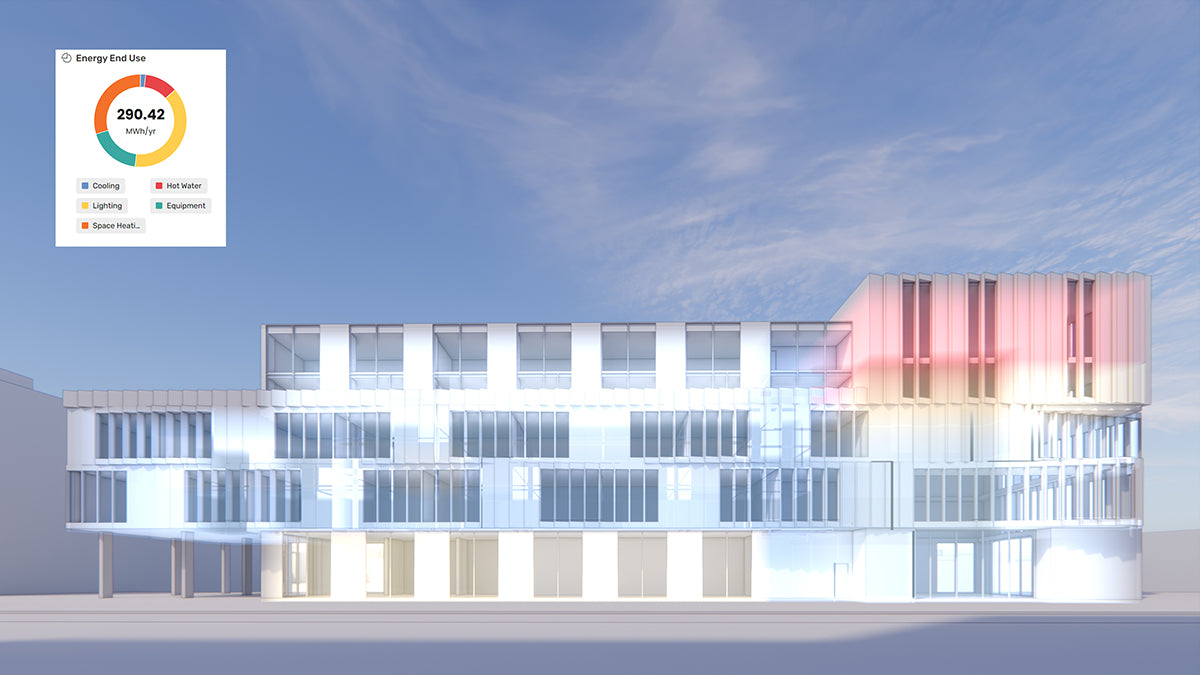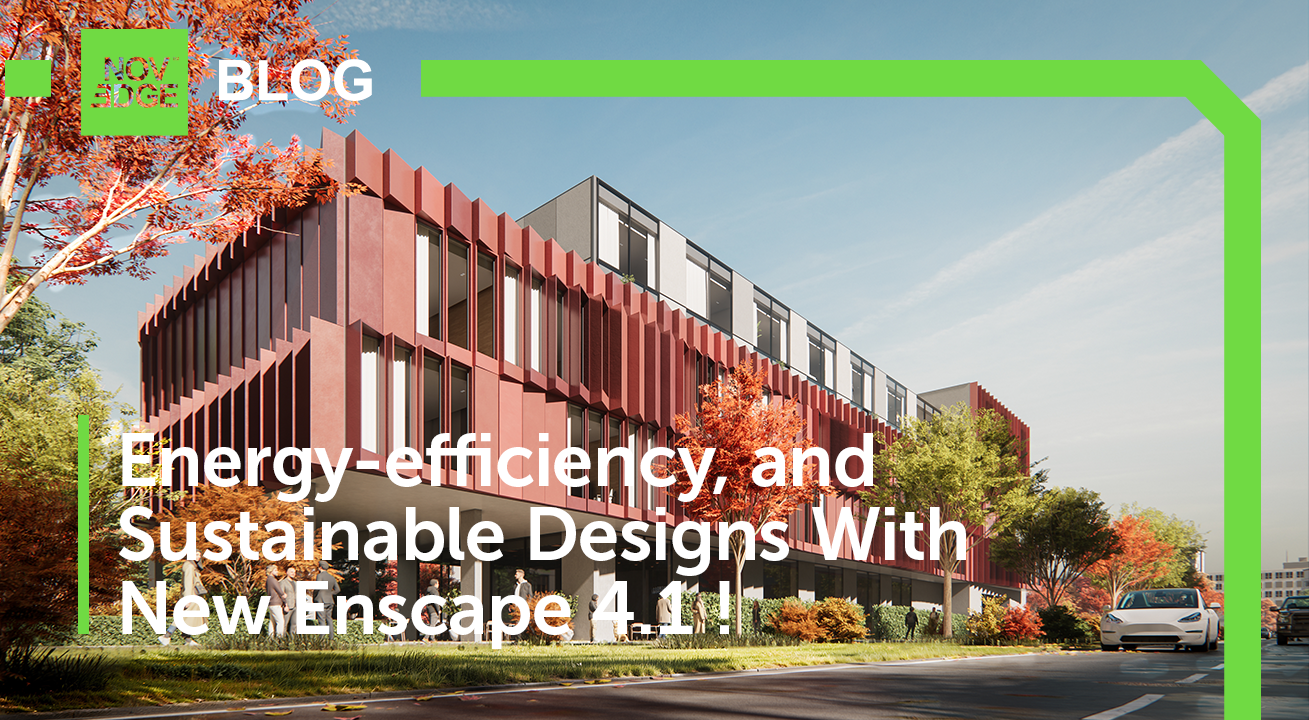Your Cart is Empty
Customer Testimonials
-
"Great customer service. The folks at Novedge were super helpful in navigating a somewhat complicated order including software upgrades and serial numbers in various stages of inactivity. They were friendly and helpful throughout the process.."
Ruben Ruckmark
"Quick & very helpful. We have been using Novedge for years and are very happy with their quick service when we need to make a purchase and excellent support resolving any issues."
Will Woodson
"Scott is the best. He reminds me about subscriptions dates, guides me in the correct direction for updates. He always responds promptly to me. He is literally the reason I continue to work with Novedge and will do so in the future."
Edward Mchugh
"Calvin Lok is “the man”. After my purchase of Sketchup 2021, he called me and provided step-by-step instructions to ease me through difficulties I was having with the setup of my new software."
Mike Borzage
A SpaceClaim Review by an End User
June 08, 2009 4 min read

A member of SpaceClaiming, our online community about new CAD technologies, wrote a very interesting review of SpaceClaim. In a moment when the blogosphere (Matt Lombard, Deelip Menezes, Kenneth Wong, Ralph Grabowski, Paul Hamilton) is busy discussing the benefits and limits of the direct-modeling approach pioneered by SpaceClaim, it is refreshing to hear the opinion of an end user. Martin Kopplow is not a journalist or a blogger. Martin is a German Industrial Designer and has been using SpaceClaim intensively in the last few months. He decided to share his experience with other users on the SpaceClaiming community. With Martin's permission I'm publishing his product review here on the Novedge blog. Thank you Martin!
Franco Folini
SpaceClaim Review by Martin Kopplow
A few days ago, we actually rolled out the first project I did (almost) completely in SpaceClaim. It was a fully functional roadworthy concept car interior. As the dust settles, here is one short review.
I was surprised how much I used SpaceClaim during this project
I was surprised how much I used SpaceClaim during this project, as it was meant to be an addition, more or less a data-turntable to communicate and modify model data.
As this model was pretty large, I never loaded all the components at once. I had sub assemblies of all the parts such as the steering wheel, the instruments, the dashboard, the infotainment and climate control, the center console and so on. I only loaded adjacent parts as reference geometry when needed, else I tried to load as few as possible to keep everything fluid.
I always kept the SpaceClaim model as the master data
There were a few modeling tasks I was not able to do in SpaceClaim, so I exported the questionable parts and did that somewhere else, then re-imported. This happened for things like non radial fillets and complex transitions between parts and faces. I always kept the SpaceClaim model as the master data, though.
I got some basic concept data from styling in which I modeled new parts as development went on. Some features styling that was not able to be done in CATIA could be done in SpaceClaim, for example oddly intersecting faces that were connected by rounds.
SpaceClaim's ability to extend faces was a valuable feature
Handling of files from styling which had to be modified according to engineering requirements worked pretty good. SpaceClaim's ability to extend faces was a valuable feature, when stylings faces were not sufficiently large. The repair tools also helped a lot, when incoming data was not watertight, though with growing complexity towards the end, I had to rebuild a few parts in SC because they were not editable any more after repairing.
Creating overview drawings was a bit tricky because of the size of the model
Creating overview drawings was a bit tricky because of the size of the model. I created a dedicated overview assembly file and only added the relevant parts (that is the visible ones), because on overview drawings you do not see any details anyway.
I just checked: all together would have been 350 to 400MB in size, though any assembly open at any one time was probably no more than maybe 70 to 80MB. I am not talking about reference data of the car body here, as I did not actually work on them, I just stripped them down to the reference faces I needed and loaded them when needed. This project was about the interior and the human interface elements only.
I have been exchanging files with […] CATIA V5, SolidWorks, Pro/E ICEM, Alias, and FormZ
Making drawings of the individual parts was quite easy. Caution is required when using parts that already have a drawing with them in different assemblies, as it seems that they do not display properly if not opened in the context they were created in. I do not understand this 100%, but there appears to be a problem with the hierarchy of the assembly. Once created and liked to a part, I would expect part drawings to display just the same no matter when or where I open them.
I have been exchanging files with companies, clients and departments that use CATIA V5, SolidWorks, Pro/E ICEM, Alias, and FormZ, as well as the electronic department with their printed circuit board logic and layout software.
Exchanging files has been working much better than before the introduction of SpaceClaim here. I have had almost no difficulties with reading incoming files and only few complaints from contractors with outgoing files being not properly readable. All data could be properly read by the customer.
SpaceClaim does not create these [DXF 3D files] at all
Interesting enough, there are still systems on the production floor that require DXF data input. SpaceClaim provides acceptable 2D DXF export, but there is also 3D DXF, and SpaceClaim does not create these at all. Here I see room for improvement. Recipients of such files are e.g. 3D laser cutting booths, or the architects, who want 3D DXF files to load into their line-wall-and-block based systems, and who have seemingly chosen poor old DXF 12 as their common ground. They cannot deal with the likes of IGES, ACIS, or STEP at all.
Also room for improvement could be found in 3D PDF. If models get more complex and parts intersect, intersecting solids sometimes do not get displayed in the 3D PDF. Else the 3D PDF is a fine tool to have when communicating with customers or asking for subcontractors for quotations.
If SpaceClaim development goes on like that, it is very promising
If PDF export could create a printable drawing in 2D PDF when exporting a drawing sheet, and a 3D PDF Model when exporting a Model, it would be even better. Printing and PDF resolution of shaded parts on paper formats larger than US letter could also need improvement to create more professionally looking drawings.
Despite some criticism, all in all it was still an improvement. If SpaceClaim development goes on like that, it is very promising.
Martin Kopplow
Also in NOVEDGE Blog

How the AEC Industry Shifted Towards Essential Sustainable Building Design
August 15, 2024 4 min read
Read More
Unlocking New Realms of Design with Enscape 4.1: Introducing Impact Add-on and Lot More
August 02, 2024 2 min read
Read More
Explore Autodesk Revit 2025.2: New Features and Enhancements for Enhanced BIM Workflows
July 30, 2024 3 min read
Read MoreSubscribe
Sign up to get the latest on sales, new releases and more …


